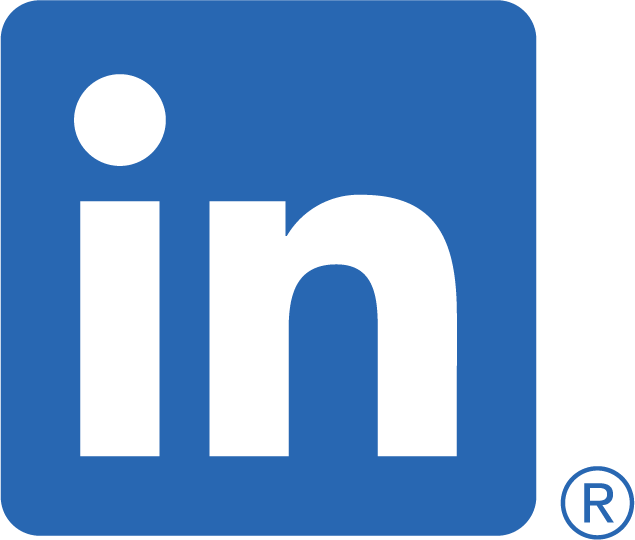Balancing Risk and Reward in Decision-Making
The workplace is teeming with critical decisions that can make a significant difference in your career trajectory. Should you spearhead an ambitious project? Should you accept a new role? Do you negotiate for a higher salary? Each of these questions requires a careful consideration of risk and reward.

🎯 Understanding Risk and Reward
Risk refers to the potential loss that could result from a decision whereas reward is the potential gain. Every decision you make, from accepting a job offer to pioneering new initiatives, carries a certain amount of risk and offers potential rewards. Here's an example with a traditional 9-to-5 job and a startup. With a 9-to-5 job, you accept a lower risk for a steady income. On the other hand, joining a startup usually involves higher risk due to its unpredictable nature, but the potential reward — financial and experiential — can be much higher. 🚀
 It’s essential to understand that risk and reward are inherently connected. Generally, the higher the risk, the higher the potential reward, and vice versa.
It’s essential to understand that risk and reward are inherently connected. Generally, the higher the risk, the higher the potential reward, and vice versa.
🧭 Evaluating Risk
Accurately assessing risk involves a deep understanding of what's at stake. Could you lose your job, miss out on promotion, damage your personal brand, or experience financial loss? One method to evaluate risk is the SWOT (Strengths, Weaknesses, Opportunities, and Threats) analysis.
For instance, let's say there's an opportunity for you to move to a more demanding role within your company. A SWOT analysis would involve considering your strengths and how they align with the job requirements, evaluating if you can overcome your weaknesses, recognizing the opportunities for growth, and identifying potential threats to your success. This thorough evaluation can guide your decision-making process.✅
⚖️ Determining the Reward
Identifying the potential reward requires you to visualize the best-case scenario, keeping your career goals in mind. Will this decision help you climb the corporate ladder? Will it enhance your skills? Increase your income?
Consider an offer to speak at a public event. The risk may involve stage fright, or you may worry about the potential for miscommunication. However, the reward, including public recognition, networking opportunities, and developing your public speaking skills, might make taking the risk worthwhile. 💫
📝 Developing a Decision-Making Strategy
Once you've evaluated the risk and reward, it's time to formulate an effective decision-making strategy.
-
Be objective: It’s beneficial to approach decision-making objectively rather than emotionally. This could involve seeking professional advice or using tools like a decision matrix, which can help bring clarity and perspective.
-
Have a backup plan: Having a "Plan B" can mitigate potential losses if your decision doesn't work out as planned.
-
Acknowledge your risk tolerance: Everyone has a different level of comfort with risk. Knowing yours can help you make decisions that you can stand by, even if they don't turn out as expected.
-
Learn from each experience: Every decision, regardless of outcome, is an opportunity to learn and grow. Accept failures as part of the process and celebrate your successes.
By understanding the relationship between risk and reward, accurately assessing risk, identifying the potential reward, and developing a robust decision-making strategy, you can navigate workplace decisions with confidence and clarity. 🌟
Remember, the decision-making process is just as important as the decision itself. With these applied strategies, you can create a balance between risk and reward that best suits your career objectives. Happy decision-making! 😊





